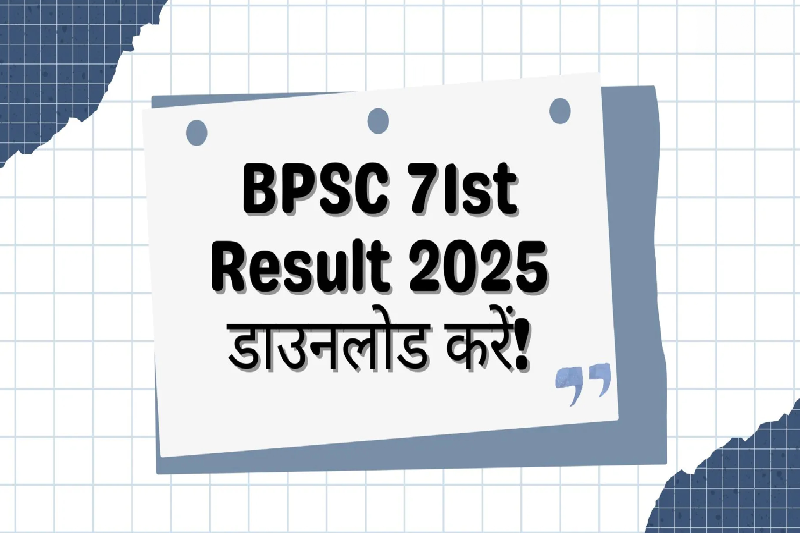
NEET Cut-Off for Tamil Nadu Government Medical Colleges Drops Sharply by Over 100 Marks in 2025
The 2025 NEET admissions have brought a surprising development for aspirants seeking seats in government medical colleges in Tamil Nadu — a steep decline of more than 100 marks in the cut-off scores compared to the previous year. This major shift was revealed in the round 1 MBBS admissions results published by the Medical Counselling Committee (MCC) and the Tamil Nadu state selection committee.
This decrease highlights changing trends in the competitive medical admission landscape and reflects both the evolving candidate pool and seat allotment dynamics. It has created a more accessible entry point for many hopeful students this year, even as overall competition remains intense.
Understanding the Numbers: NEET Cut-Off Trends in 2024 vs 2025
In concrete terms, the cut-off for government medical colleges in Tamil Nadu under the open category plunged drastically. In 2024, the cut-off NEET score was 651 out of 720, but in 2025, it fell to 538. This is a drop of 113 marks, a remarkable reduction that could potentially ease entry for many students.
Looking at the All India Quota (AIQ) seats allotted by the Medical Counselling Committee, a student with rank 12,262 in the open category secured a seat in 2025, compared to a rank of 13,671 in 2024. Despite this, the NEET marks cut-off dropped from 668 in 2024 to 550 in 2025, indicating that while ranks saw a minor improvement, the required NEET score to qualify was notably lower.
For state counselling, the last student admitted under the open category had a rank of 1,308 in 2025, slightly better than the 1,346 cutoff rank of 2024, even though the NEET score cut-off dropped by 113 marks.
Allotment Breakdown: Central vs State Counselling
The Medical Counselling Committee (MCC) administers 15% of the All India Quota seats in government colleges, along with all seats in centrally-run institutions such as AIIMS Madurai and deemed universities. Meanwhile, the Tamil Nadu state counselling committee handles 85% of the seats in state-run colleges plus all seats in self-financing and private medical institutions.
This dual system means that students often receive multiple allotments from both committees, allowing them greater choice and flexibility. This year, the simultaneous availability of results from both committees allowed students and parents to make more informed decisions, which is a welcomed change from previous years when the state counselling results often arrived on the deadline day of MCC admissions.
Category-Wise Cut-Off Trends: Exceptions and Insights
While the general trend showed a marked decline in cut-offs across most categories, there were notable exceptions, particularly in the Economically Weaker Sections (EWS) and Scheduled Tribes (ST) categories in the central allotment.
- EWS Category: Despite a reduction in NEET marks, the cut-off rank for All India Quota seats in EWS increased by over 2,180 ranks, moving from 23,419 in 2024 to 25,599 in 2025. Interestingly, Tamil Nadu does not provide an EWS quota during its state counselling.
- ST Category: The ST category saw a marginal increase in the All India Quota cut-off rank from 145,207 in 2024 to 145,625 in 2025, despite a reduction in NEET scores.
- ESIC Medical Colleges: The state counselling cut-off ranks for ESIC medical colleges bucked the downward trend, increasing from 1,084 in 2024 to 1,173 in 2025, indicating slightly tougher competition here.
Overall, the state category cut-offs for NEET scores dropped by as much as 116 marks across different categories, reinforcing the overall trend of lower required scores this year.
Impact on Students and Parents: Flexibility and Decision-Making
One of the significant improvements in the 2025 admission cycle was the simultaneous release of results by both the central and state counselling committees. This transparency and timing allowed students to evaluate their allotment options more thoroughly and make choices that best suited their preferences and career goals.
Student counsellor Manickavel Arumugam noted, “The best thing that happened this year is that students can see both results and decide on what they want to take.” In prior years, the state counselling results were typically released on the deadline day for central committee admissions, making decision-making hurried and stressful.
Parents and students actively discussed and weighed their options once the results were out. For example, a student allotted a seat in Chengalpet Medical College by the central committee was delighted to also receive a seat at the prestigious Stanley Medical College and Hospital through state counselling. Another student shifted from an allotment at Sri Ramachandra Medical College to a self-financing medical college, highlighting the complex choices students face.
What Does the Drop in Cut-Off Marks Mean for Aspirants?
The sharp fall in cut-off marks this year signals a potential easing of admission barriers for many aspiring doctors. While the number of seats remains relatively constant, factors like candidate performance, application rates, and possibly reservation policies influence cut-off trends.
Lower cut-offs may indicate either a weaker performance by the candidate pool or shifts in counselling strategies and seat allotments. For many students who previously might have missed out, this presents a renewed opportunity to enter government medical colleges, which offer more affordable and reputed education compared to private alternatives.
Conclusion: A Changing Admission Landscape in Tamil Nadu Medical Education
The 2025 NEET admissions in Tamil Nadu reveal an evolving medical education scenario marked by significantly reduced cut-off marks for government colleges. While competition remains fierce, the reduced scores lower the barrier for entry, broadening access for students across categories.
The dual counselling system and synchronized result announcements have empowered students to make better-informed choices, a positive development in the admission process. However, aspirants should remain vigilant and plan carefully, given the complexities involved in seat allotments across multiple categories and committees.
As the medical admission season progresses, this trend will be closely watched by students, educators, and policymakers alike, as it reflects broader changes in medical education accessibility and competitiveness in Tamil Nadu.



